Home>Garden Essentials>What Is A Potting Soil Mix
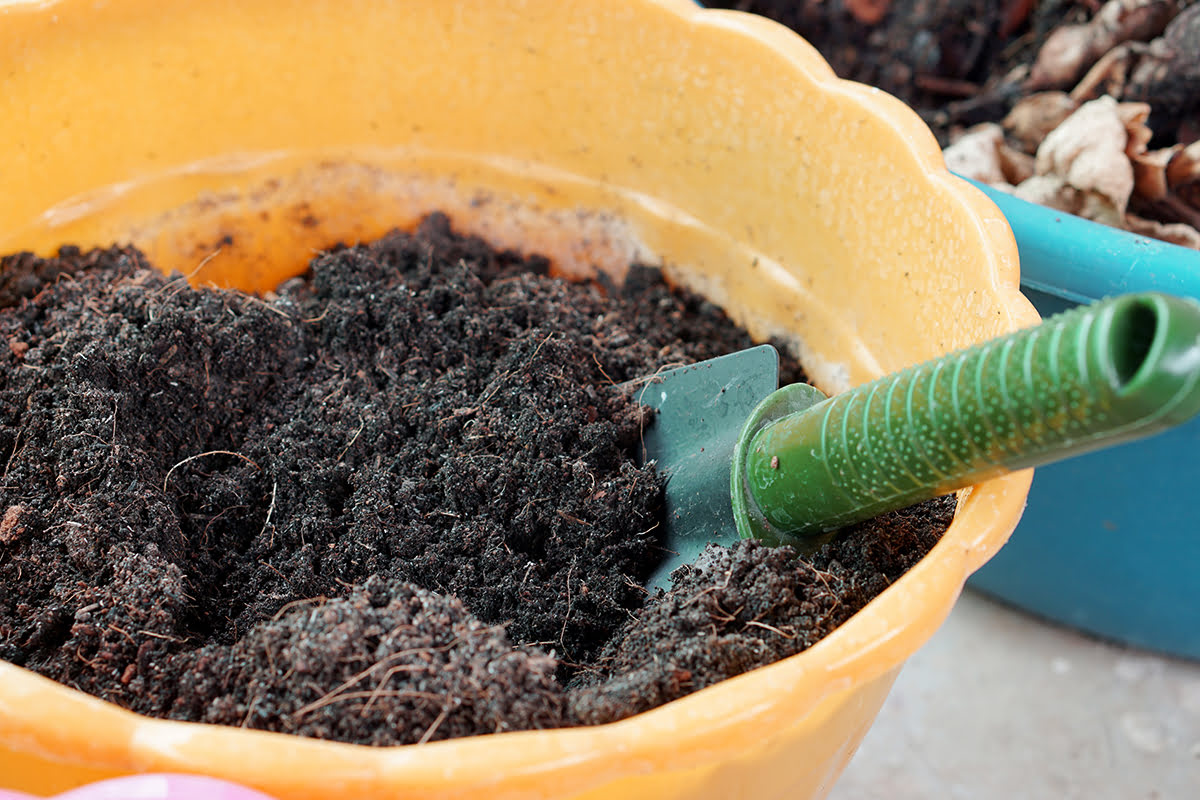

Garden Essentials
What Is A Potting Soil Mix
Modified: March 15, 2024
Discover the perfect garden potting soil mix for your plants. Learn what a potting soil mix is and how to create the best garden environment for successful growth.
(Many of the links in this article redirect to a specific reviewed product. Your purchase of these products through affiliate links helps to generate commission for Storables.com, at no extra cost. Learn more)
Introduction
Welcome to the wonderful world of gardening! Whether you’re a seasoned green thumb or just starting out, one essential aspect of successful gardening is understanding the importance of potting soil mix. Potting soil mix, also known as potting medium, is an essential component for growing plants in containers. It is specifically formulated to provide the necessary nutrients, drainage, and aeration for plants to thrive.
When it comes to gardening, the soil plays a crucial role in the overall health and development of plants. However, not all soils are created equal, and having the right blend of ingredients in your potting soil mix is key.
But what exactly is a potting soil mix? Why is it important? And how do you choose the right one for your plants? In this article, we will delve deeper into the world of potting soil mixes, exploring their composition, benefits, and how to properly use them for the success of your garden.
Key Takeaways:
- Choose the right potting soil mix to create a healthy environment for plants in containers. Consider drainage, aeration, and nutrient needs to ensure successful gardening.
- Proper potting techniques and maintenance practices are essential for healthy plant growth. Select suitable containers, monitor soil moisture, and provide proper care for thriving container plants.
Read more: How To Make Potting Soil Mix
Definition of Potting Soil Mix
Potting soil mix, also referred to as potting medium or potting substrate, is a specialized soil blend used for container gardening. Unlike garden soil, which is typically found outdoors and composed of natural components like sand, clay, silt, and organic matter, potting soil mix is specifically designed to meet the unique needs of potted plants.
It provides a balanced environment where plants can thrive by providing essential nutrients, proper drainage, and ideal aeration. The goal of a potting soil mix is to create a healthy growing medium that supports root development, moisture retention, and nutrient absorption for optimal plant growth.
Potting soil mix varies in composition, but it generally consists of a blend of organic matter, such as compost or peat moss, and other materials like vermiculite or perlite, which help improve drainage and aeration. In addition to these primary components, potting soil mixes often include a variety of other ingredients like sand, coir, bark, or even synthetic substances.
It’s important to note that potting soil mix is different from topsoil or garden soil. While garden soil is meant for plants that grow directly in the ground, potting soil mix is specially formulated for container gardening. The composition of potting soil mix allows for better control over moisture levels, which is crucial for potted plants as they cannot access the surrounding ground for additional moisture.
Purpose and Benefits of Potting Soil Mix
The primary purpose of using a potting soil mix is to create an ideal growing environment for plants in containers. The specific blend of ingredients in a potting soil mix provides several key benefits that contribute to plant health and successful gardening:
1. Drainage: One of the main benefits of a potting soil mix is its ability to provide adequate drainage. Excess water can be detrimental to plants, causing root rot and other problems. The well-draining nature of a potting soil mix prevents water from becoming trapped around the roots, ensuring that plants do not become waterlogged.
2. Aeration: Plants require oxygen for proper root respiration. The structure of a potting soil mix allows for good airflow, providing oxygen to the roots. Ingredients like perlite, vermiculite, or coarse sand help create air pockets in the soil, allowing roots to breathe and preventing them from suffocating.
3. Moisture Retention: While proper drainage is important, a potting soil mix also helps retain moisture. The organic matter in the mix acts as a sponge, holding water and releasing it gradually to plant roots. This helps prevent the soil from drying out too quickly, ensuring that plants have consistent access to moisture.
4. Nutrient Availability: Potting soil mixes often contain organic matter such as compost or peat moss, which provide essential nutrients to plants. These nutrients are released slowly over time, ensuring that plants receive a steady supply of the necessary elements for healthy growth.
5. pH Balance: Different plants have different pH preferences. A high-quality potting soil mix will have a neutral pH or can be amended to match specific plant requirements. Maintaining an optimal pH level is important as it affects nutrient availability and overall plant health.
6. Weed and Disease Control: Using a potting soil mix reduces the chances of introducing weeds or diseases into your containers. Unlike garden soil, which may contain weed seeds or disease pathogens, a sterile potting soil mix minimizes these risks, providing a clean and healthy environment for your plants.
7. Easy to Use: Potting soil mixes are convenient and ready to use straight out of the bag. They eliminate the need for soil sterilization, which can be time-consuming and labor-intensive. The pre-mixed nature of potting soil saves gardeners valuable time and effort, making container gardening more accessible and enjoyable.
By providing optimal drainage, aeration, moisture retention, and nutrient availability, potting soil mixes create an ideal growing environment for potted plants. These benefits contribute to healthier plants, better root development, and increased success in container gardening endeavors.
Components of a Potting Soil Mix
A well-formulated potting soil mix is a blend of different components that work together to create an ideal growing environment for potted plants. The specific combination of ingredients may vary depending on the type of plant being grown and the preferences of the gardener. Here are some of the common components found in a potting soil mix:
1. Organic Matter: Organic matter provides essential nutrients and improves the structure of the soil. Compost, well-rotted manure, coconut coir, or peat moss are commonly used organic materials in potting soil mixes. These ingredients enrich the soil with nutrients, improve water retention, and enhance overall fertility.
2. Perlite: Perlite is a lightweight volcanic rock that is heat-treated and expanded to create small, porous particles. It helps improve aeration and drainage in the soil mix. Perlite retains moisture but also promotes excess water drainage, preventing the soil from becoming waterlogged.
3. Vermiculite: Vermiculite is a mineral that undergoes a heating process to expand into small, moisture-retaining particles. It helps to hold water near the roots, ensuring a steady supply of moisture. Vermiculite also improves aeration and provides good insulation for plant roots.
4. Coarse Sand: Coarse sand, often referred to as horticultural sand, is used to improve drainage and prevent compaction in the potting soil mix. It allows excess water to flow freely and prevents waterlogging, creating a well-drained environment for plant roots.
5. Peat Moss: Peat moss is an organic material derived from decomposed sphagnum moss. It is highly absorbent and helps retain moisture in the soil mix. Peat moss also improves the overall structure of the soil, making it light and fluffy.
6. Bark: Bark, such as pine bark or fir bark, can be used to add texture and improve drainage in the potting soil mix. It provides aeration and prevents compaction. Bark is commonly used in potting soil mixes for woody plants and orchids.
7. Composted Pine Fines: Composted pine fines are finely ground pine bark particles that have undergone a decomposition process. It provides organic matter, improves soil structure, and enhances water retention.
8. Mineral Amendments: Mineral amendments such as limestone, rock phosphate, or gypsum may be added to adjust the pH level of the potting soil mix. This ensures that the soil is within the optimal pH range for the specific plants being grown.
9. Fertilizers: Some potting soil mixes may contain pre-mixed fertilizers to provide an extra boost of nutrients for the plants. These fertilizers can be slow-release or water-soluble, depending on the specific requirements of the plants.
It’s important to note that there is no one-size-fits-all formula for a potting soil mix. The components and proportions will vary depending on the plants being grown and the specific growing conditions. Experimentation and adjustments may be necessary to create the perfect potting soil mix for your plants.
Understanding the Importance of Soil Structure
The structure of the soil plays a crucial role in the growth and development of plants. It refers to the arrangement and organization of soil particles and the spaces between them. A well-structured soil provides a favorable environment for plant roots to grow, access nutrients, and absorb water. Understanding the importance of soil structure is key to creating healthy and thriving plants in potting soil mix.
Some key aspects of soil structure include:
1. Drainage: The structure of the soil affects its drainage capabilities. Well-structured soil allows water to flow freely through it, preventing excess water from pooling around the roots and causing waterlogging. Good drainage ensures that oxygen reaches the roots and prevents the risk of root rot or disease.
2. Aeration: Soil structure also influences the amount of air that can penetrate the soil. Proper aeration allows for better root respiration, providing oxygen to the roots and facilitating the release of carbon dioxide. When soil is well-aerated, roots can grow and function optimally, leading to healthier plants.
3. Root Penetration: The structure of the soil affects the ease with which roots can penetrate and spread. Loose and well-structured soil allows roots to grow freely, promoting healthier root development and enhancing nutrient uptake. On the other hand, compacted or poorly structured soil can hinder root growth and restrict plant growth.
4. Moisture Retention: Soil structure influences the moisture-holding capacity of the soil. Well-structured soil retains moisture, ensuring that plants have access to water even during dry periods. It prevents water from draining too quickly, allowing for consistent hydration of the plant roots.
5. Nutrient Availability: Soil structure affects the availability of nutrients to plants. Well-structured soil provides a favorable environment for the activity of microorganisms and beneficial organisms that break down organic matter and release nutrients. It also allows roots to explore and access nutrients more effectively.
Improving soil structure in potting soil mix can be achieved through several practices:
1. Addition of Organic Matter: Incorporating organic matter such as compost, peat moss, or well-rotted manure improves soil structure by increasing its ability to retain moisture, improving drainage, and promoting the growth of beneficial organisms.
2. Vermiculite or Perlite: Including vermiculite or perlite in the potting soil mix helps create air pockets, enhancing aeration and drainage. This improves soil structure and prevents compaction.
3. Regular Soil Amendments: Regularly amending the potting soil mix with mineral additives like lime, gypsum, or rock phosphate can help adjust soil pH and promote better soil structure.
4. Avoid Overwatering: Overwatering can lead to soil compaction and poor soil structure. It is important to provide proper drainage and allow the soil to dry out between watering to avoid waterlogged conditions.
By understanding the importance of soil structure and implementing practices to improve it, gardeners can create an optimal growing environment for their plants in potting soil mix. This will enhance root development, nutrient uptake, and overall plant health, leading to more successful and enjoyable gardening experiences.
Common Ingredients Found in Potting Soil Mixes
Potting soil mixes contain a variety of ingredients that work together to create an ideal growing medium for plants in containers. These ingredients provide the necessary nutrients, drainage, and aeration needed for plants to thrive. Here are some of the common ingredients you might find in potting soil mixes:
1. Organic Matter: Organic matter, such as compost or peat moss, is a key component of potting soil mixes. It provides essential nutrients, improves soil structure, retains moisture, and enhances microbial activity in the soil. Organic matter also helps increase the water-holding capacity of the soil, reducing the frequency of watering.
2. Perlite: Perlite is a lightweight volcanic mineral material that is added to potting soil mixes to improve drainage and aeration. It consists of small, porous particles that create air pockets in the soil, allowing roots to access oxygen and preventing water from becoming stagnant. Perlite also helps prevent soil compaction.
3. Vermiculite: Vermiculite is another mineral material commonly found in potting soil mixes. It is lightweight and has excellent water-holding capacity. Vermiculite retains moisture and releases it slowly to plant roots, ensuring a consistent water supply. It also provides good aeration and improves soil structure.
4. Coarse Sand: Coarse sand is often added to potting soil mixes to improve drainage. It helps prevent the soil from becoming compacted and allows excess water to drain away. The use of coarse sand in the mix also aids in maintaining an open and well-aerated soil structure.
5. Bark: Bark, such as pine bark or fir bark, is commonly used as an ingredient in potting soil mixes. It provides good drainage and aeration, preventing the soil from becoming waterlogged. Bark also helps to create air pockets and prevents compaction, allowing roots to grow freely.
6. Mineral Additives: Potting soil mixes may include mineral additives such as limestone, rock phosphate, or gypsum. These additives help adjust the pH level of the soil, making it more suitable for specific plants. Proper pH balance is crucial for nutrient availability and overall plant health.
7. Fertilizers: Some potting soil mixes contain pre-mixed fertilizers or slow-release fertilizers. These fertilizers provide the necessary nutrients that plants need for healthy growth. They may include a balanced blend of essential macro and micronutrients.
8. Water-retaining Polymers: Water-retaining polymers, also known as hydrogels, are granular substances that can absorb and hold large amounts of water. These polymers are often included in potting soil mixes for their ability to improve water retention and reduce the frequency of watering.
It’s important to note that the specific ingredients and their ratios in potting soil mixes may vary depending on the plants being grown and the specific gardening goals. Different plants have varying needs for water, nutrients, and aeration, so it is crucial to choose a potting soil mix that suits the requirements of your plants.
By understanding the common ingredients found in potting soil mixes, gardeners can make informed decisions when selecting the right mix for their plants, ensuring optimal growth and overall plant health.
When choosing a potting soil mix, look for one that is well-draining and contains a good balance of organic matter, perlite, and vermiculite. This will provide the right environment for healthy plant growth.
Organic vs. Inorganic Ingredients in Potting Soil Mixes
When it comes to choosing a potting soil mix, you will often come across the options of organic and inorganic ingredients. Both have their advantages and can be used to create a suitable growing medium for your plants. Understanding the difference between organic and inorganic ingredients in potting soil mixes can help you make an informed decision based on your gardening preferences and the specific needs of your plants.
Organic Ingredients:
Organic ingredients in potting soil mixes are derived from natural sources such as compost, peat moss, coconut coir, and well-rotted manure. Here are some key characteristics and benefits of using organic ingredients:
1. Nutrient-Rich: Organic ingredients naturally contain a wide range of nutrients that plants need for healthy growth. They provide a slow and steady release of these nutrients, ensuring long-term nourishment for plants.
2. Improves Soil Structure: Organic matter improves the soil structure by enhancing its water-holding capacity and promoting better aeration. It helps prevent soil compaction and supports beneficial microbial activity in the soil.
3. Enhances Moisture Retention: Organic materials have good moisture-retaining properties, keeping the soil moist for longer periods. This can be beneficial in dry climates or for plants that require consistent moisture.
4. Environmentally Friendly: Organic ingredients are sourced from renewable resources and are more eco-friendly compared to synthetic alternatives. They help reduce waste by recycling organic materials and promote sustainability in gardening practices.
5. Supports Microbial Activity: Organic matter fosters the growth of beneficial microorganisms, such as bacteria and fungi, in the soil. These microorganisms contribute to nutrient cycling and improve overall soil health.
Inorganic Ingredients:
Inorganic ingredients in potting soil mixes are typically synthetic or manufactured materials. They offer specific benefits and are often used in combination with organic ingredients. Here are some characteristics and benefits of using inorganic ingredients:
1. Improved Drainage: Inorganic materials like perlite and vermiculite improve drainage in the soil, preventing waterlogging and promoting healthy root growth. They create air pockets and enhance soil aeration.
2. Lightweight and Easy to Handle: Inorganic ingredients, such as perlite and vermiculite, are lightweight, making the potting soil mix easier to handle, especially for larger container plantings.
3. Consistent Quality: Unlike organic materials, which can vary in quality and nutrient content, inorganic ingredients are often manufactured to meet specific standards, ensuring a consistent growing medium.
4. pH Adjustment: Inorganic additives like limestone or sulfur can be used to adjust the pH level of the potting soil mix to suit the specific needs of different plants. This is important as plants have different pH preferences.
5. Disease and Pest Control: Some inorganic ingredients, such as sterilized sand or synthetic substrates, can help reduce the risk of disease pathogens and pests in the potting soil mix.
Ultimately, the choice between organic and inorganic ingredients in potting soil mixes depends on your gardening preferences, the specific needs of your plants, and your environmental considerations. Many gardeners prefer using a combination of both to harness the benefits of each type of ingredient. Experimentation and finding the right balance is key to creating a potting soil mix that promotes healthy plant growth in containers.
Choosing the Right Potting Soil Mix for Different Plants
Choosing the right potting soil mix is essential for the healthy growth and development of your plants. Different plants have varying needs when it comes to water retention, drainage, nutrient requirements, and pH levels. Selecting a potting soil mix that aligns with these specific needs can make a significant difference in the success of your garden. Here are some factors to consider when choosing the right potting soil mix for different plants:
1. Plant Type: Consider the type of plant you are growing. Some plants, like succulents and cacti, prefer a well-draining potting soil mix that mimics their natural arid environments. On the other hand, plants that thrive in moist conditions, such as tropical foliage plants, will require a potting soil mix that retains more water.
2. Water Retention: Assess the moisture needs of your plants. Plants that prefer drier conditions, such as herbs and Mediterranean plants, generally benefit from a potting soil mix with good drainage and lower water retention. For plants that require more moisture, like ferns or certain flowering varieties, choose a mix with higher water-holding capacity.
3. Drainage and Aeration: Consider the drainage and aeration requirements of your plants. Potting soil mixes that contain ingredients like perlite or vermiculite promote better drainage and aeration, preventing waterlogging and ensuring proper oxygen supply to the roots. This is especially important for plants susceptible to root rot.
4. pH Level: Different plants have specific pH level preferences. Some may thrive in slightly acidic soil, while others prefer a more alkaline environment. Test the pH requirements of your plants and choose a potting soil mix that matches their preferences. If needed, you can amend the soil mix with additives to adjust the pH.
5. Nutrient Requirements: Consider the nutrient requirements of your plants. Some plants, like vegetables or flowering plants, benefit from a potting soil mix rich in organic matter and with a balanced nutrient profile. Other plants, such as orchids or carnivorous plants, have more specialized nutrient needs and may require a mixture tailored to their specific requirements.
6. Soil Texture: Assess the soil texture that your plants prefer. Some plants thrive in a loose and well-draining potting soil mix, while others prefer a slightly compacted mix. Avoid using heavy or clay-based potting soil mixes for plants that require good drainage.
7. Specialty Mixes: Certain plants, like orchids or carnivorous plants, have specific growing requirements and may benefit from specialty potting soil mixes tailored to their needs. These mixes often contain unique ingredients suited to the unique growing conditions of these plants.
Remember to consider the specific needs of your plants and adjust your potting soil mix accordingly. It is also possible to modify a pre-packaged potting soil mix by adding amendments like perlite or compost to tailor it to the specific needs of your plants.
When purchasing a potting soil mix, it is important to read the labels or descriptions to ensure that it aligns with the needs of your plants. Specialty mixes for specific plant types or generic mixes labeled as “all-purpose” or “multi-purpose” can be a good place to start, but always check the ingredients and characteristics to make an informed decision.
By choosing the right potting soil mix for your plants, you provide them with a suitable growing medium that promotes healthy root development, nutrient uptake, and overall plant growth. This contributes to the long-term success and beauty of your container garden.
Proper Usage and Potting Techniques
Proper usage and potting techniques are crucial for ensuring the success and longevity of your container plants. Here are some important considerations and tips to help you achieve optimal results when working with potting soil mix:
1. Selecting the Right Containers: Choose containers that have drainage holes at the bottom to allow excess water to escape. This helps prevent waterlogged soil and root rot. Additionally, ensure that the containers are the appropriate size for the plants you are growing, providing enough space for root development.
2. Preparing the Containers: Clean and sterilize containers before use to minimize the risk of disease. This is especially important if you are reusing containers from previous plantings. Use a mixture of water and mild soap or a diluted bleach solution to clean the containers thoroughly, then rinse them well and allow them to dry.
3. Using a Base Layer: Create a base layer of small stones, gravel, or broken pottery pieces at the bottom of the container. This layer helps improve drainage by preventing the potting soil mix from clogging the drainage holes.
4. Filling the Container: Fill the container with potting soil mix, leaving a space of about 1 to 2 inches between the top of the soil and the rim of the container. This space allows for easy watering without soil overflow.
5. Planting: Before planting, thoroughly moisten the potting soil mix to ensure it is evenly moist throughout. Remove the plant from its nursery container, gently loosen the roots, and place it in the prepared hole in the potting soil mix. Ensure that the plant is centered and at the same soil level as it was in the nursery container. Fill in the remaining space with the potting soil mix, gently firming it around the roots.
6. Watering: After planting, water the container thoroughly to settle the potting soil mix and ensure good soil-to-root contact. Monitor the moisture levels and water your plants as needed, taking care not to overwater. It is important to maintain consistent moisture levels without allowing the soil to become waterlogged.
7. Mulching: Consider adding a layer of organic mulch, such as wood chips or straw, to the surface of the potting soil mix. Mulching helps conserve moisture, suppresses weed growth, and provides insulation to the roots from extreme temperature fluctuations.
8. Feeding and Fertilizing: Depending on the plant’s nutrient requirements, you may need to feed and fertilize your container plants regularly. Monitor the growth and appearance of your plants, and follow the recommended fertilization schedule for best results. Use organic or slow-release fertilizers to provide a steady supply of nutrients over time.
9. Regular Maintenance: Pay attention to the needs of your plants, including pruning, staking, and removing any dead or yellowing foliage. Regularly inspect your containers for pests, disease, and signs of nutrient deficiencies. Address any issues promptly to maintain the health of your plants.
10. Transplanting: As your plants grow, they may require larger containers. When transplanting, choose a container that is slightly larger than the current one. Gently remove the plant from the old container, loosen the root ball, and place it in the new container with fresh potting soil mix. Follow the same planting techniques mentioned above.
Proper usage and potting techniques provide a solid foundation for healthy plant growth in containers. By following these guidelines, you can create an optimal environment for your plants to thrive, ensuring continued beauty and enjoyment in your container garden.
Maintaining and Caring for Plants in Potting Soil Mixes
Maintaining and caring for plants in potting soil mixes is essential to ensure their long-term health and growth. Proper maintenance practices help keep the soil balanced, prevent nutrient deficiencies, and create an optimal environment for your plants to thrive. Here are some important tips to help you maintain and care for your plants in potting soil mixes:
1. Watering: Proper watering is crucial for the health of your plants. Water your plants when the top inch of the soil feels dry to the touch. Avoid overwatering, as it can lead to root rot, while underwatering can cause stress and dehydration. Ensure that excess water is able to drain out of the pot to prevent waterlogged soil.
2. Fertilizing: Use a balanced organic fertilizer or slow-release fertilizer to provide the necessary nutrients for your plants. Follow the manufacturer’s instructions for application rates and frequency. Regular fertilization helps replenish the nutrients that may wash away over time and promotes healthy growth.
3. Monitoring Soil Moisture: Regularly monitor the soil moisture levels by checking the moisture content with your finger or a moisture meter. Adjust your watering schedule based on the specific needs of your plants and the environmental conditions. Plants in different locations or exposure to sun and wind may require different amounts of water.
4. Pruning and Deadheading: Regularly prune and remove any dead or dying leaves, stems, or flowers from your plants. This promotes good airflow, reduces the risk of disease, and directs the plant’s energy towards healthy growth.
5. Weeding: Keep an eye out for weeds that may sprout in your potting soil mix. Remove them promptly to prevent competition for nutrients and water. Be careful when weeding to avoid disturbing or damaging the roots of your plants.
6. Pest and Disease Control: Inspect your plants regularly for any signs of pests or diseases. Common pests that can affect container plants include aphids, mealybugs, and spider mites. If an infestation occurs, promptly treat it with organic pest control methods or insecticidal soaps.
7. Proper Light Exposure: Ensure that your plants are placed in the correct location based on their light requirements. Some plants thrive in full sun, while others prefer bright indirect light. Adjust the position of your plants accordingly to prevent excessive stretching or sunburn.
8. Rotating Plants: Rotate your potted plants occasionally to ensure even growth. This prevents the plants from leaning or growing lopsided towards the light source. Rotating the pots also helps ensure that all sides of the plants receive equal amounts of light and air circulation.
9. Monitor Nutrient Deficiencies: Watch for signs of nutrient deficiencies, such as yellowing leaves or stunted growth. Adjust your fertilization routine or consider using a targeted nutrient supplement to address any deficiencies. Soil testing kits can be useful for determining nutrient levels in the potting soil mix.
10. Rejuvenating and Repotting: Over time, the potting soil mix may become compacted or depleted of nutrients. Periodically replenish the soil by top-dressing with compost or adding a fresh layer of potting soil mix. Repot your plants into larger containers when they outgrow their current pots or show signs of root binding.
By following these maintenance and care practices, you can create a nurturing environment for your plants in potting soil mixes. Regular monitoring, proper watering, fertilizing, pruning, and pest control are the keys to keeping your plants healthy, vibrant, and thriving in their containers.
Conclusion
Choosing the right potting soil mix and implementing proper techniques for its usage and maintenance are essential for successful container gardening. A well-designed potting soil mix provides the necessary drainage, aeration, and nutrient availability for plants to thrive in containers. It creates a conducive environment for root development and ensures optimal moisture retention.
Understanding the components of a potting soil mix, such as organic matter, perlite, vermiculite, and inorganic additives, helps you make informed decisions when selecting the right blend for your plants. Consider the specific needs of your plants, including watering requirements, drainage preferences, and nutrient needs, to tailor the potting soil mix accordingly.
Proper usage and potting techniques, such as selecting appropriate containers, preparing them with drainage layers, and ensuring correct planting depths, promote healthy root growth and minimize the risk of overwatering or compaction. Regular maintenance practices, including proper watering, fertilizing, pruning, and pest control, help sustain the health and vitality of your plants in potting soil mixes.
Remember to monitor the moisture levels of the soil, adjust watering schedules based on plant needs, and provide appropriate light exposure. Be vigilant in addressing nutrient deficiencies and promptly treating any pests or diseases that may arise. Consider rejuvenating the potting soil mix and repotting plants as needed to ensure continued growth and well-being.
By paying attention to the unique requirements of your plants and providing them with the optimal potting soil mix and care, you can create a thriving container garden. Enjoy the beauty and rewards of gardening as your plants flourish and bring joy to your indoor or outdoor spaces.
Frequently Asked Questions about What Is A Potting Soil Mix
Was this page helpful?
At Storables.com, we guarantee accurate and reliable information. Our content, validated by Expert Board Contributors, is crafted following stringent Editorial Policies. We're committed to providing you with well-researched, expert-backed insights for all your informational needs.
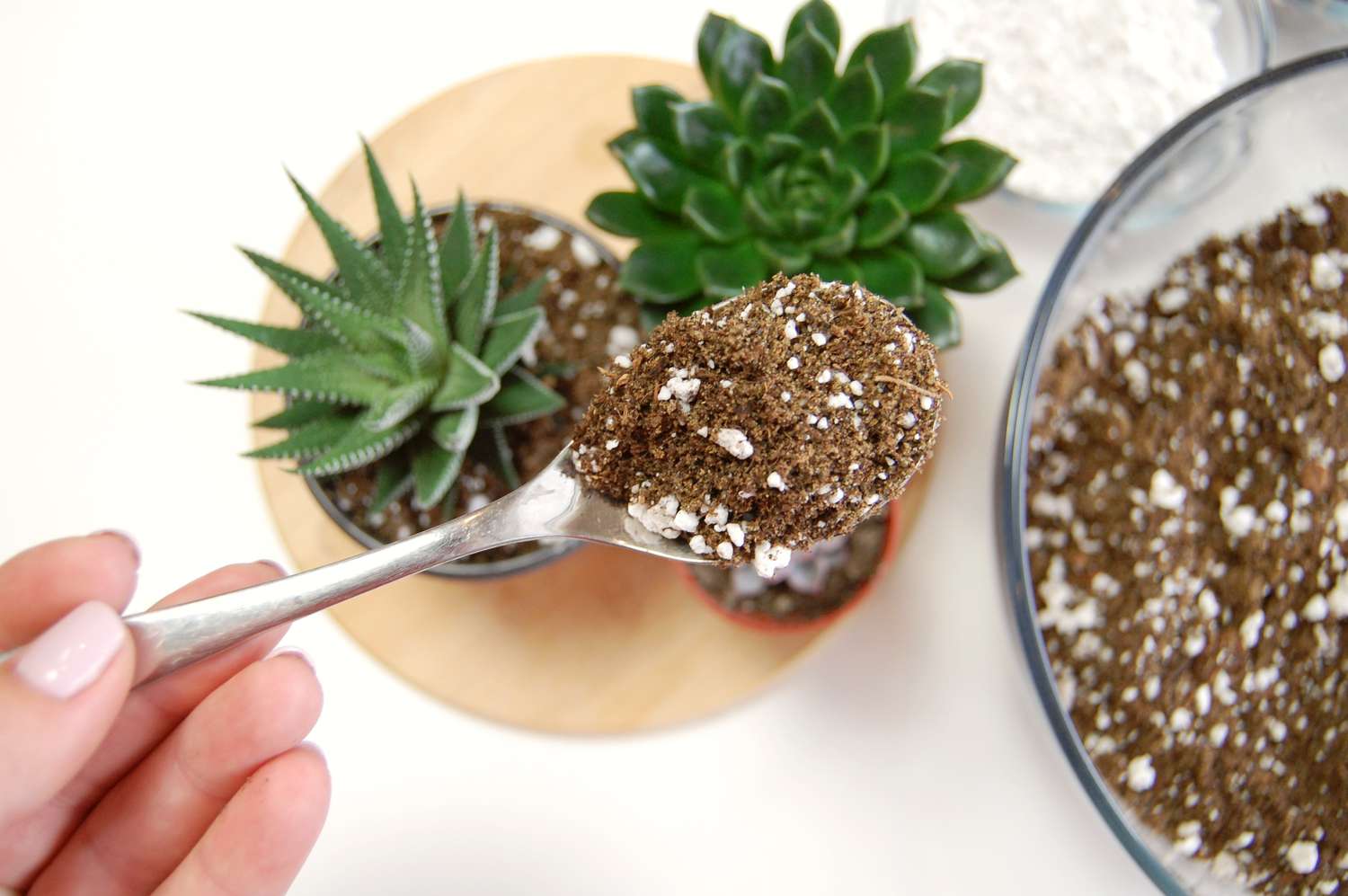
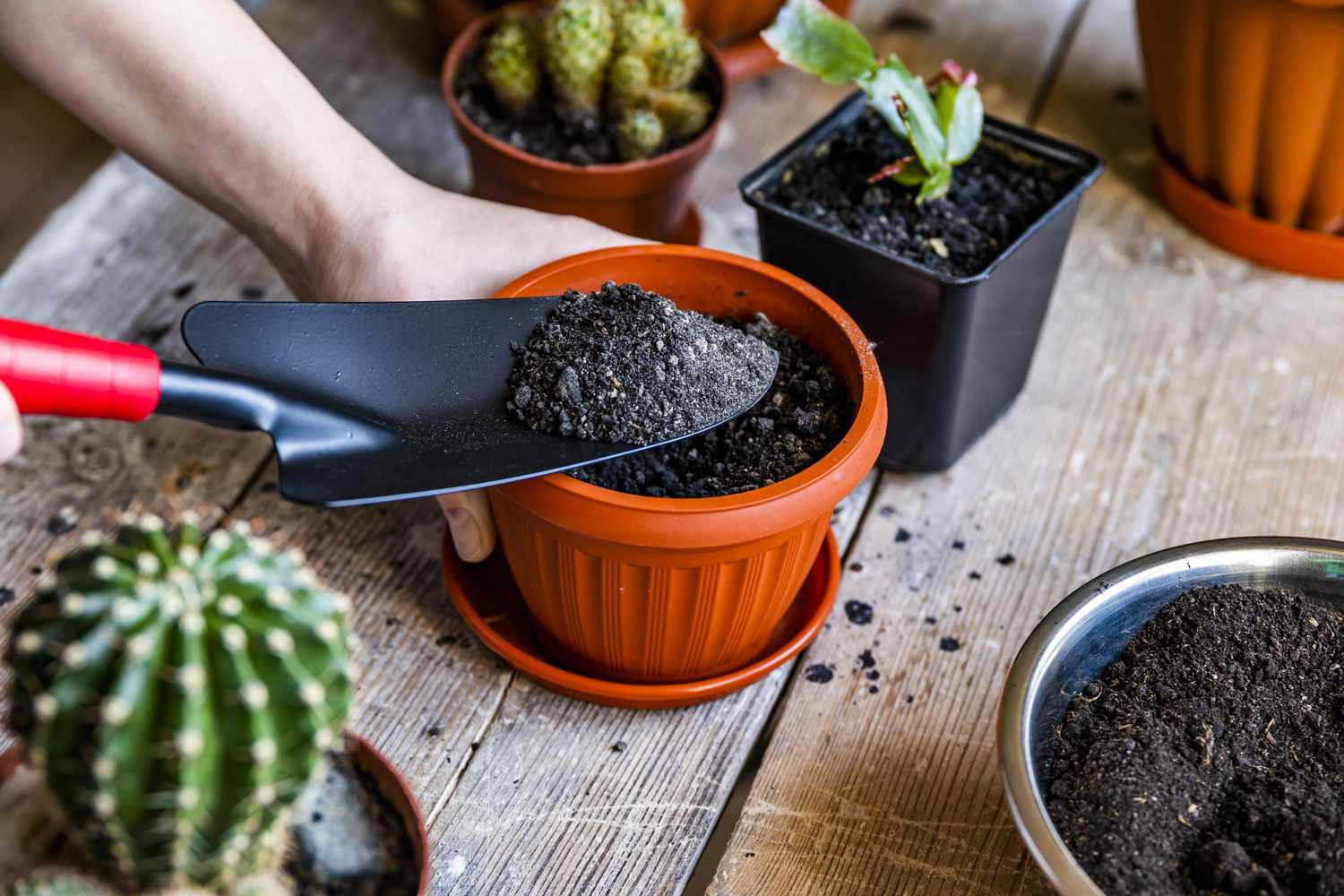
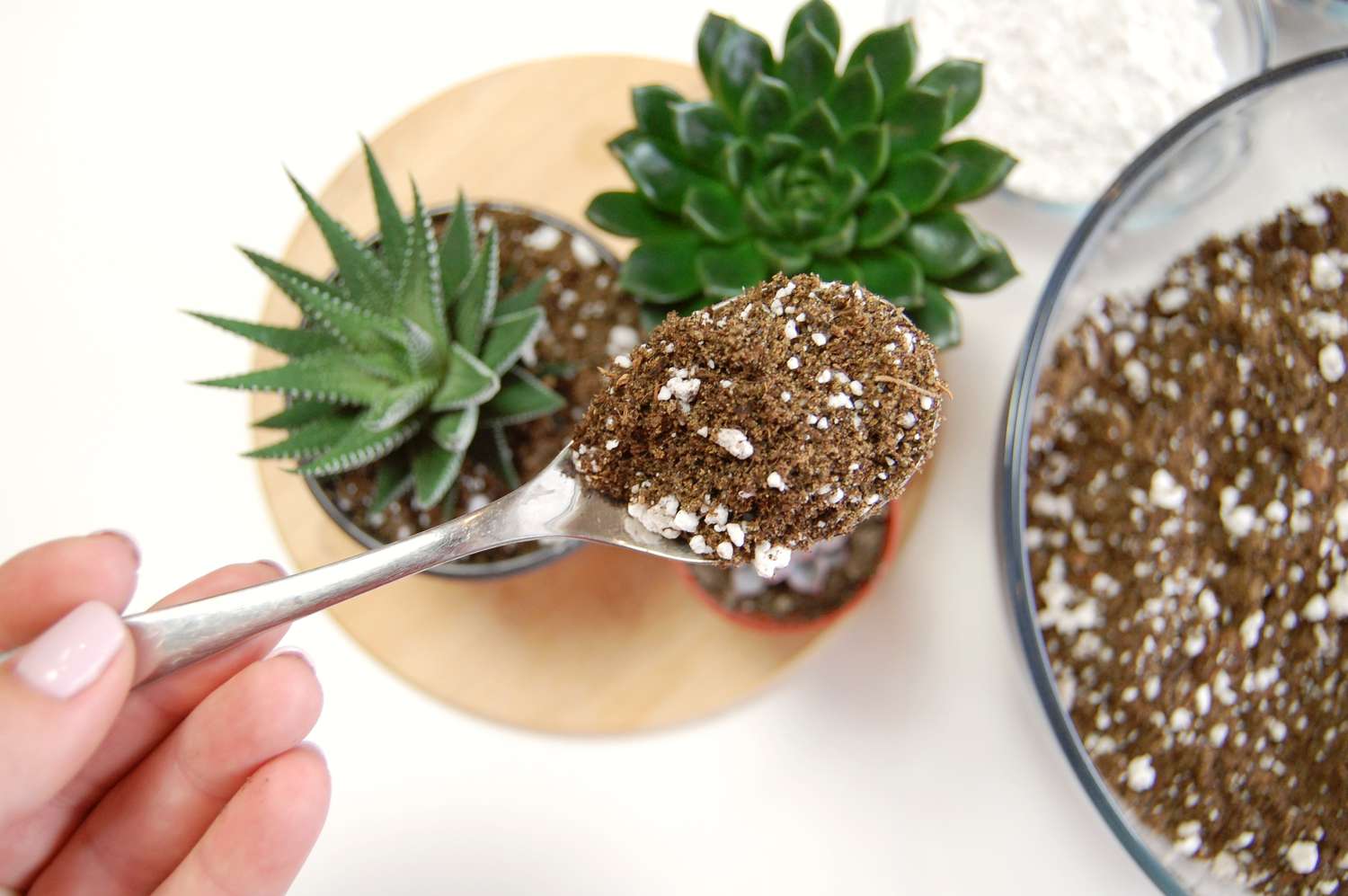
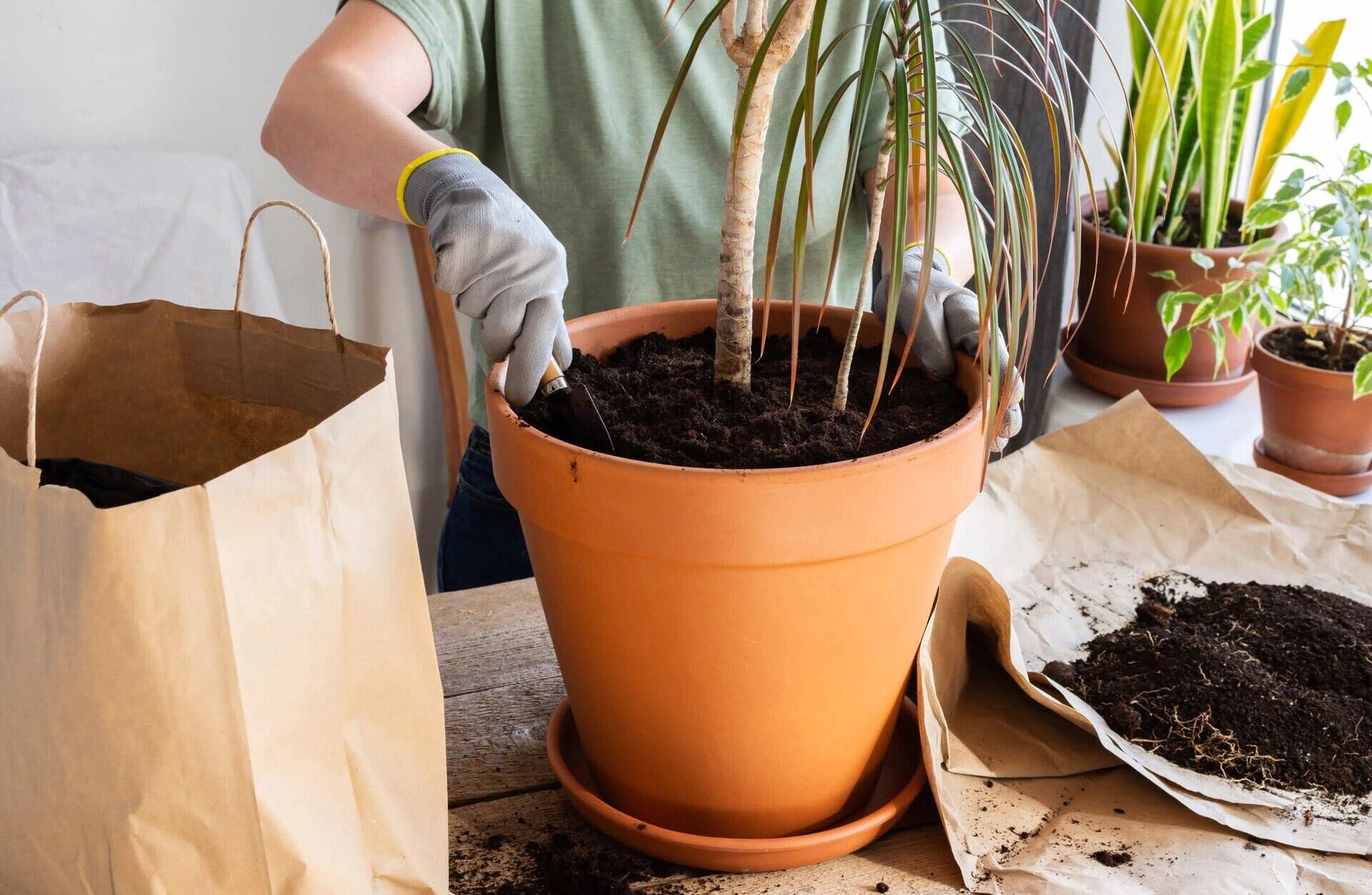
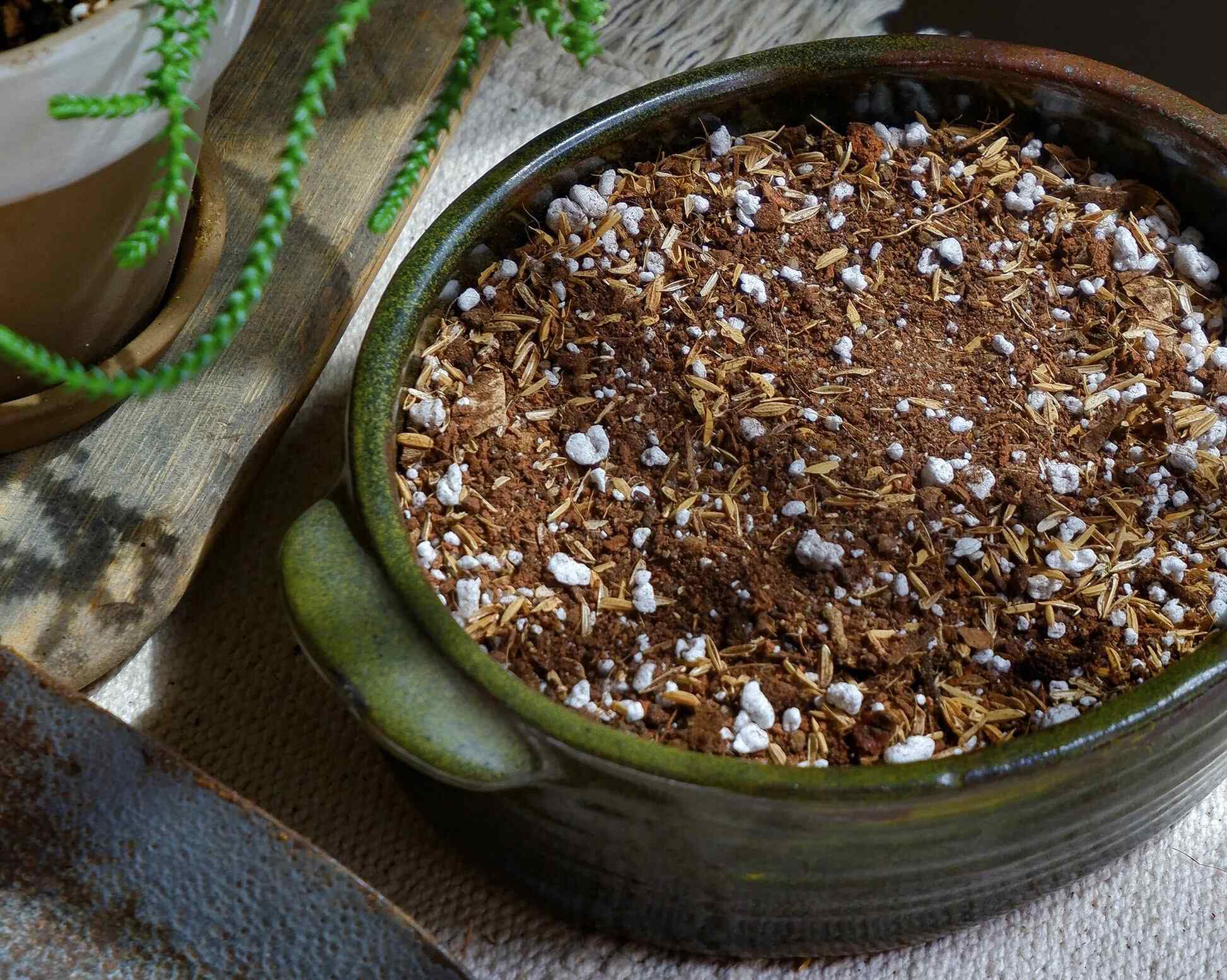
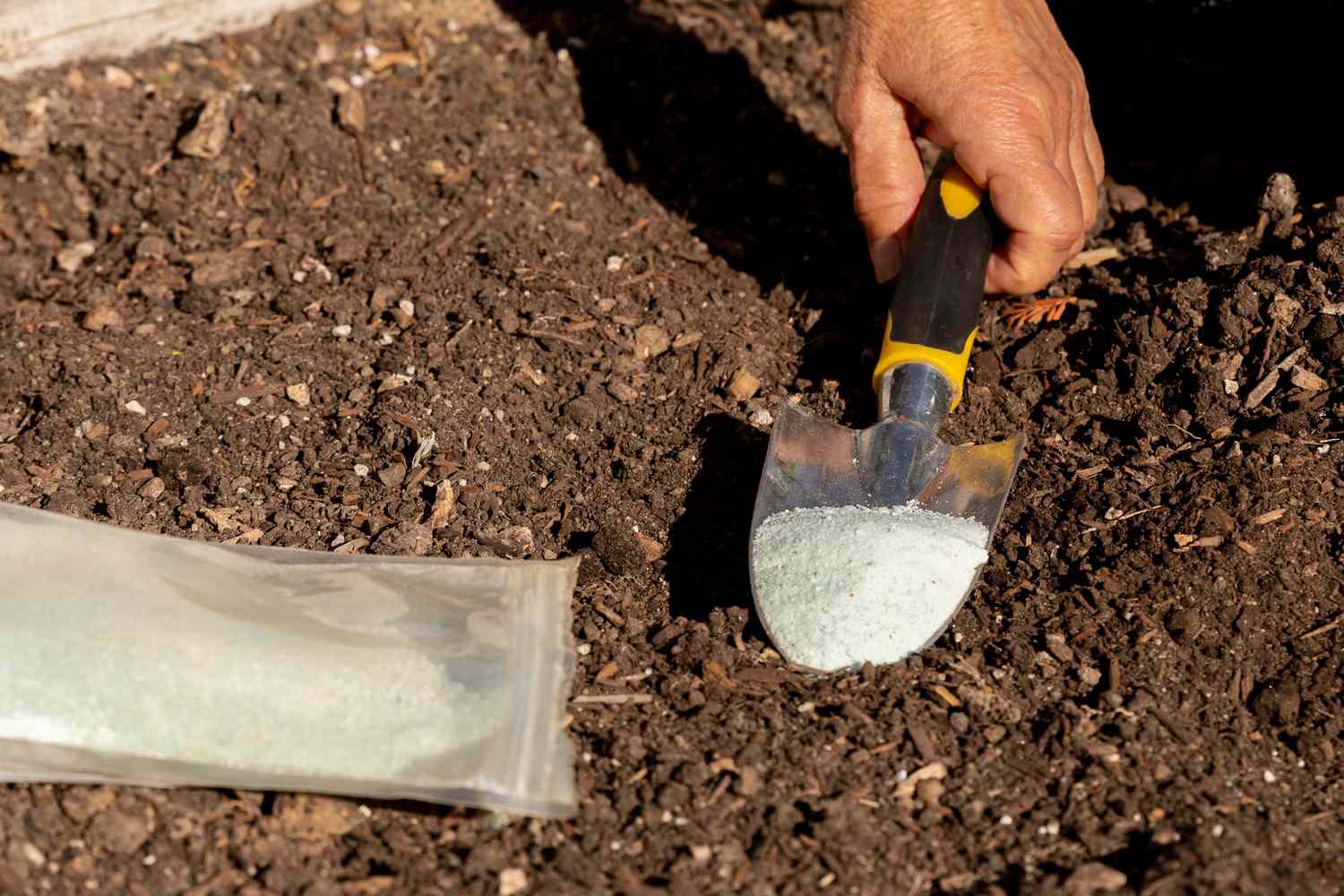
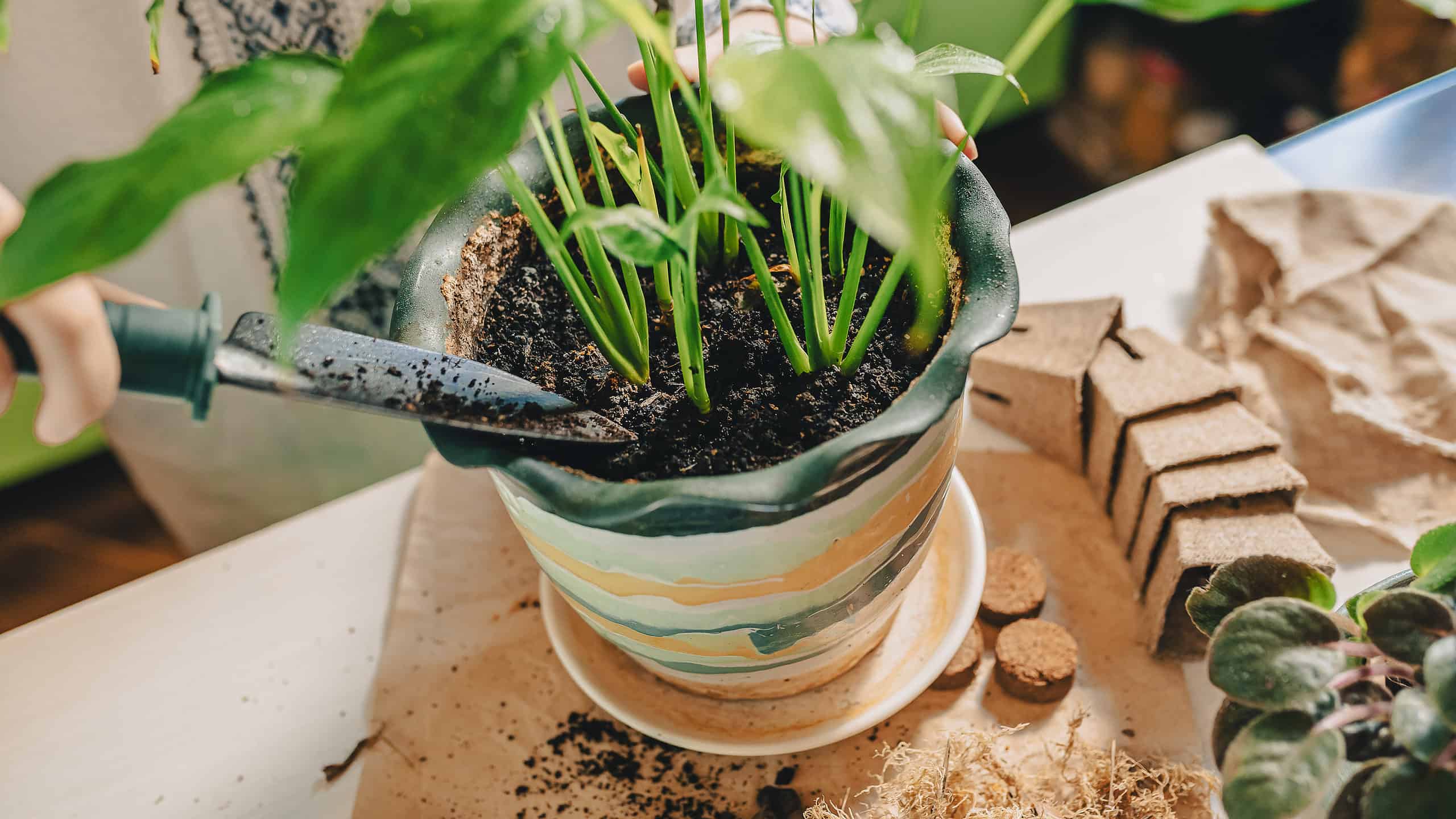
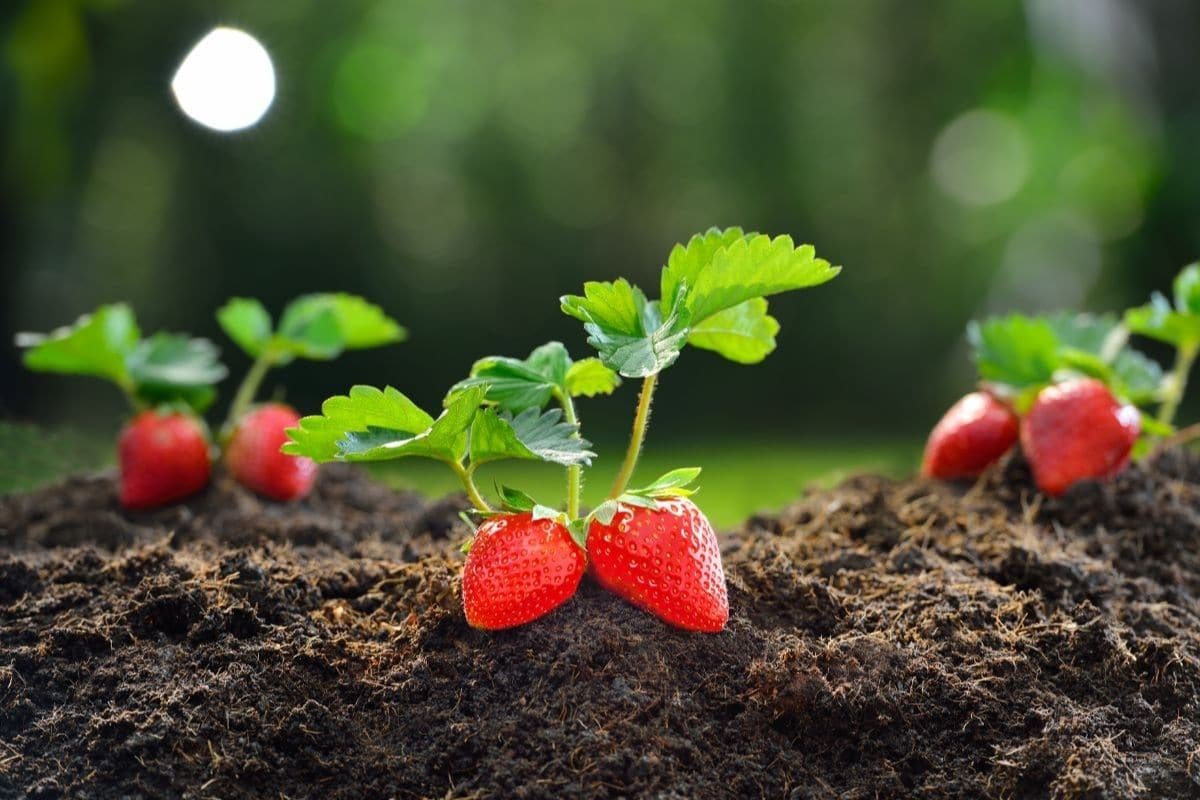
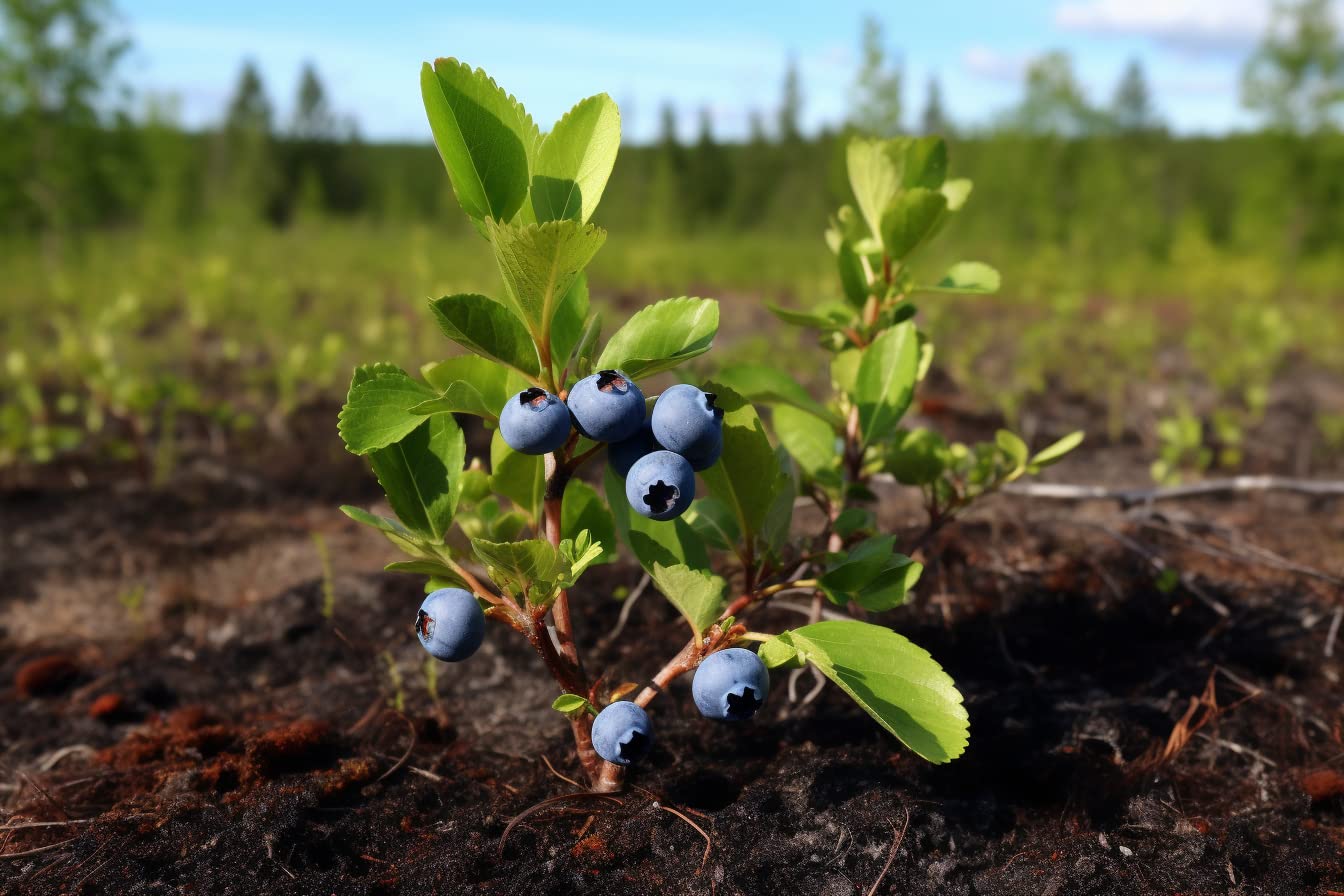
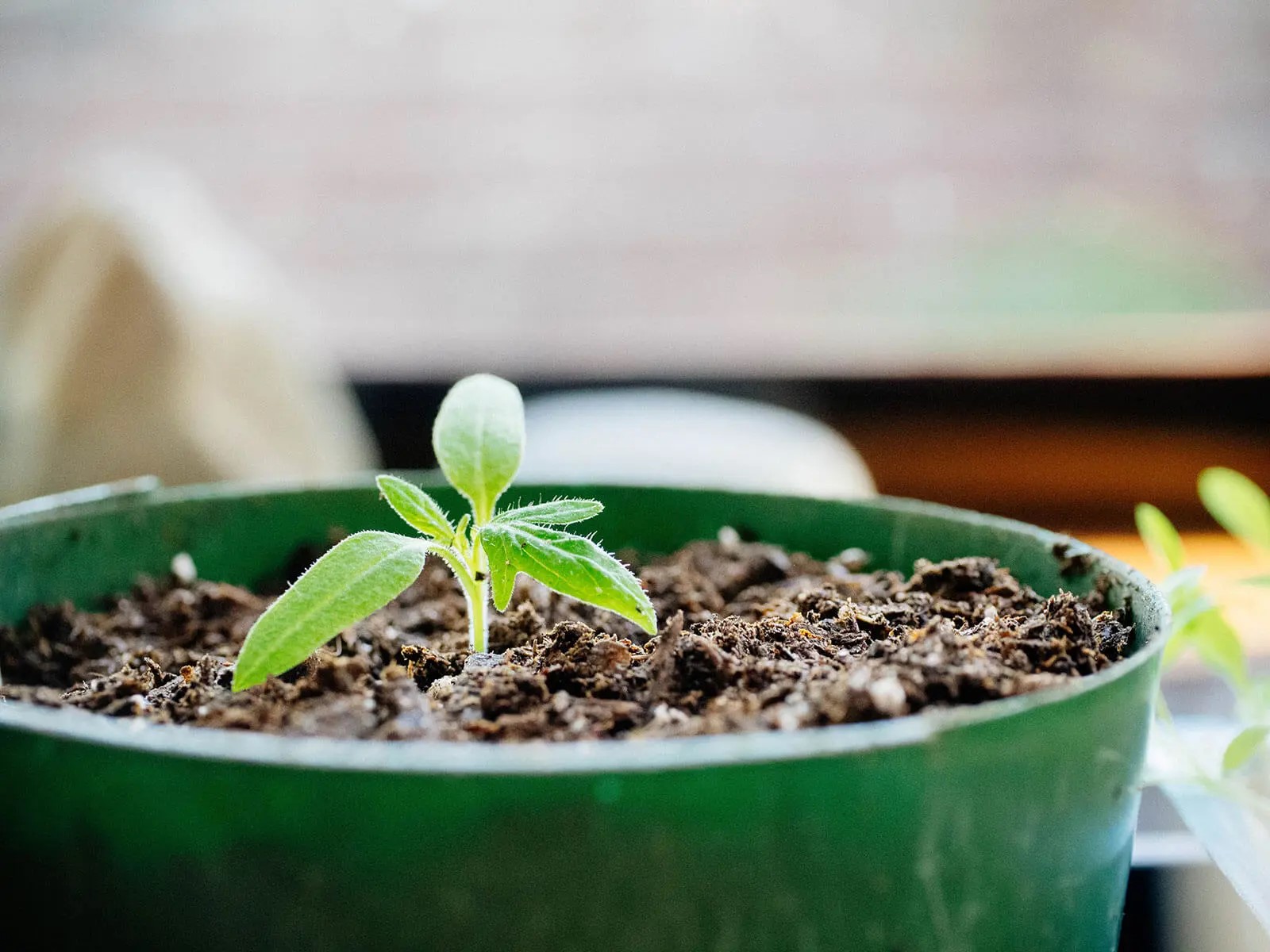
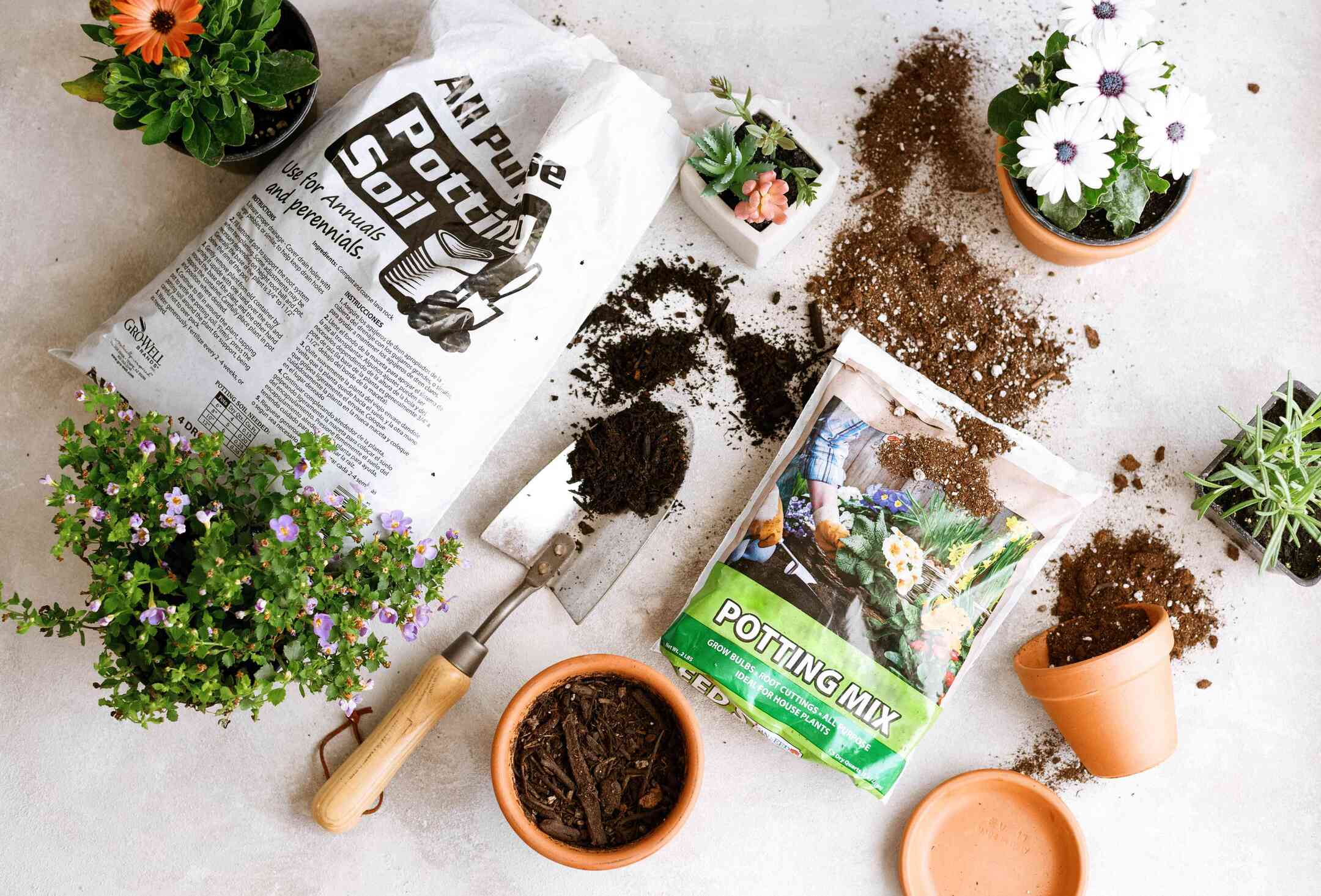
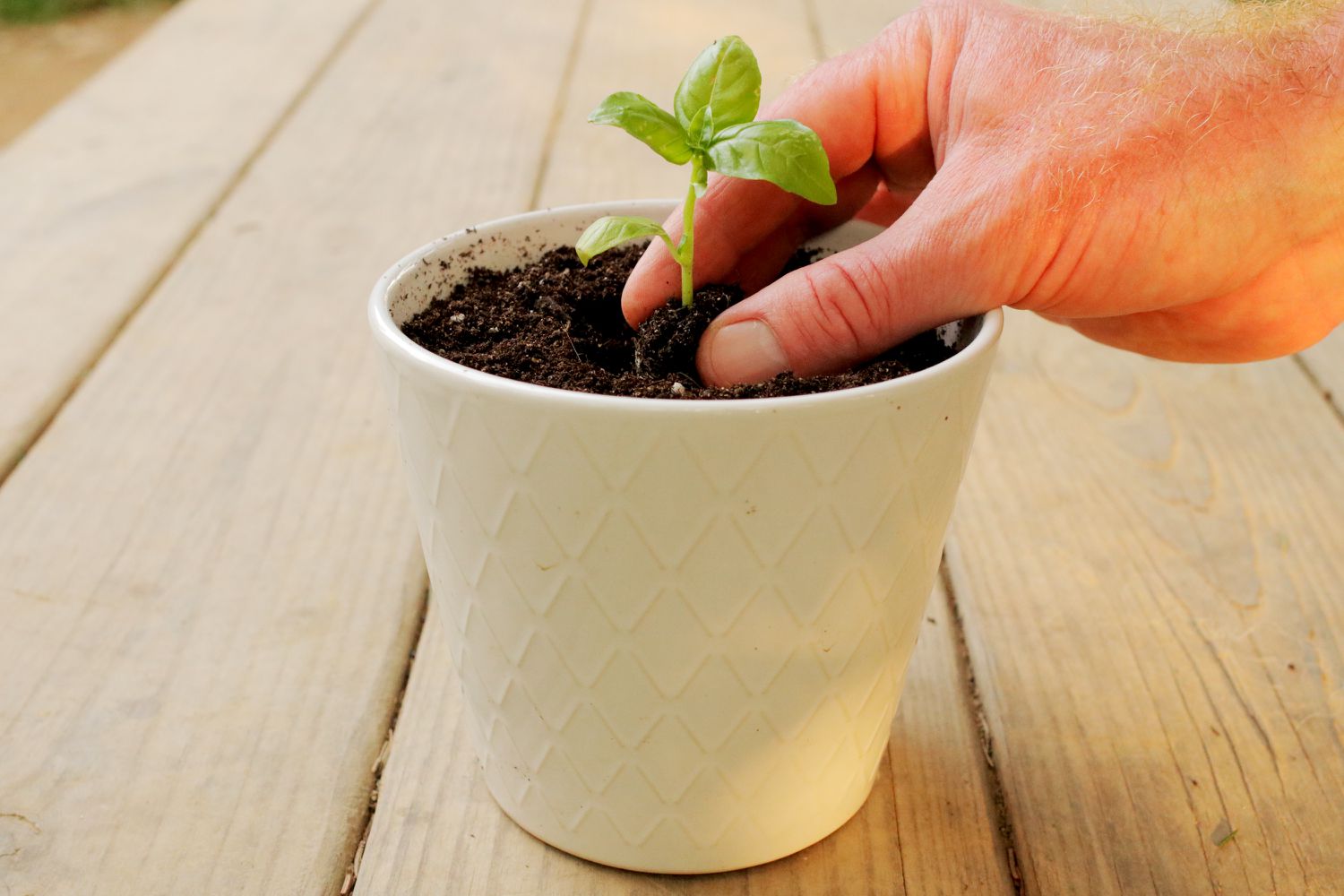
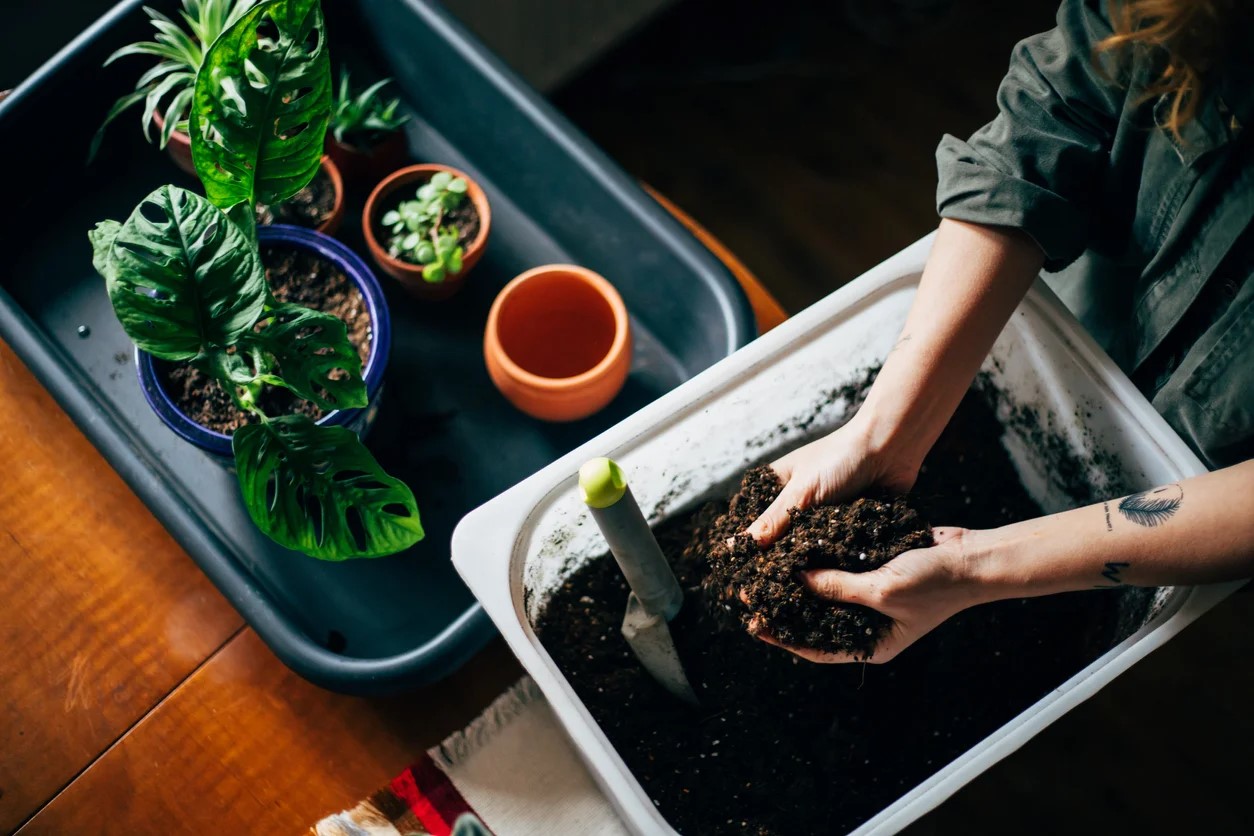

0 thoughts on “What Is A Potting Soil Mix”